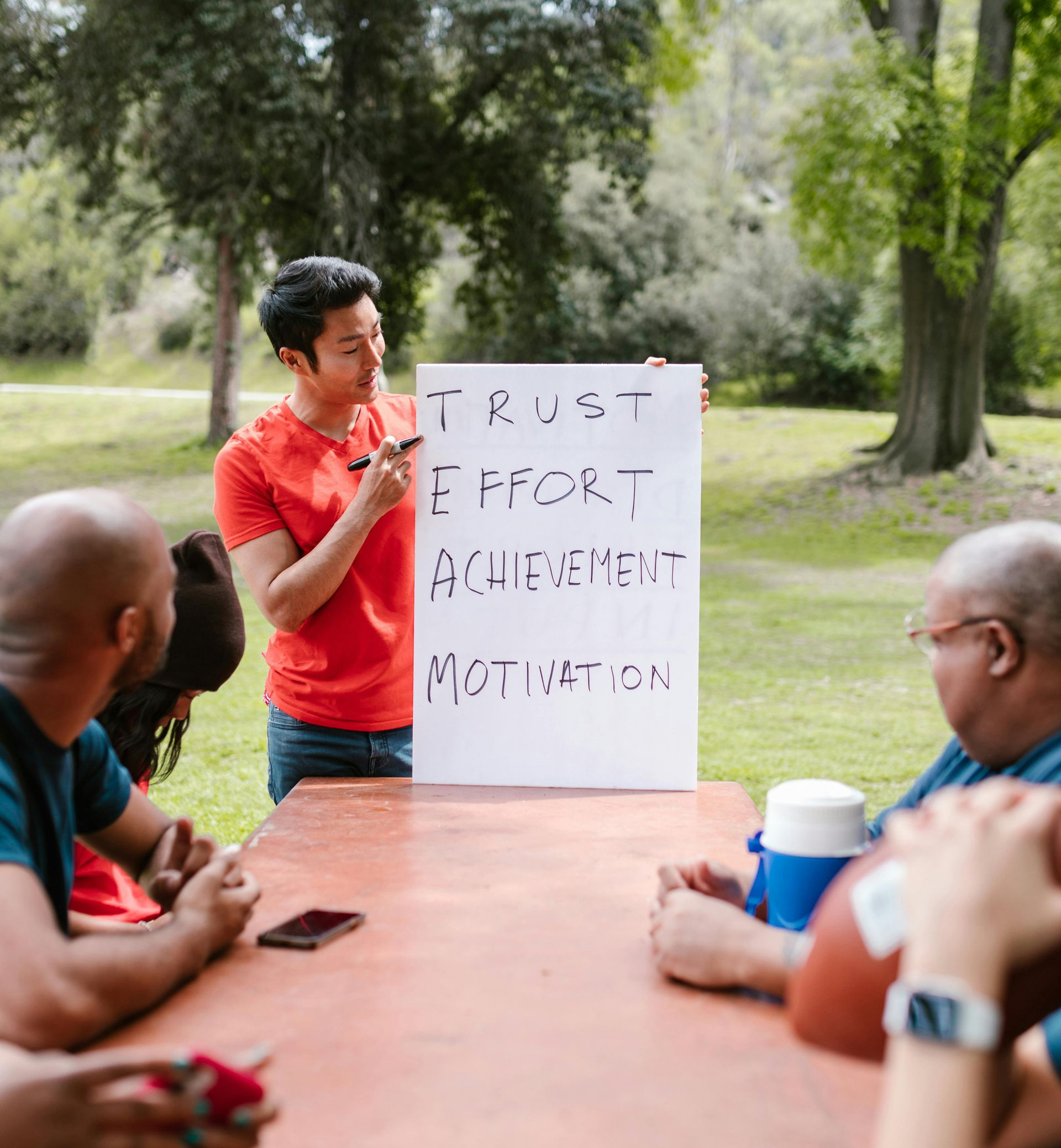Leading by Example: Why Your Team Follows How You Execute
Setting the standard for performance through your actions

Leadership is not only about giving direction. It is about modeling the behaviors you want your team to embrace. In project leadership especially, how you approach execution directly shapes how your team responds.
Teams watch how leaders handle priorities, manage obstacles, and communicate progress. If you set a strong example, your team mirrors that behavior. If your execution is inconsistent, your team will reflect that as well. Leading by example is one of the most powerful ways to create alignment and accountability.
Why Execution Starts at the Top
When leaders consistently demonstrate effective project habits, they send a clear signal about what matters. For example, if you set milestones and follow through on them, your team understands that deadlines are not suggestions — they are commitments.
On the other hand, if leaders fail to communicate updates or adjust priorities without explanation, teams often adopt the same behavior. The standard you set becomes the culture your team operates within.
Execution at the top builds credibility. It shows that you are not asking for behaviors you are unwilling to practice yourself. That credibility is what drives engagement and trust.
How Teams Mirror Leadership Behaviors
Your team follows your lead in subtle but powerful ways:
- Prioritization: If you are clear about focusing on the most important tasks, your team learns to do the same.
- Communication: If you share updates openly and consistently, your team feels encouraged to do the same.
- Resilience: If you face challenges with problem-solving rather than blame, your team mirrors that mindset.
- Accountability: If you own your commitments, your team understands the importance of following through.
The way you execute does not just move projects forward — it sets the tone for how your entire team operates.
What This Looks Like in Action
Consider a team rolling out a new customer service process. The leader models good project habits by setting clear milestones, tracking progress visibly, and addressing obstacles without delay. The team begins to adopt the same behaviors, surfacing risks earlier, staying focused on deadlines, and collaborating more effectively.
Now imagine the opposite. If the leader misses their own deadlines or ignores progress updates, the team quickly disengages. Without strong modeling, execution weakens and results suffer.
How to Lead by Example in Project Execution
Leaders who want to strengthen their team’s performance can start with these practical steps:
- Be consistent with commitments. If you commit to a milestone, deliver it on time.
- Communicate clearly. Provide regular updates, even when things are not going as planned.
- Show accountability. Admit mistakes and demonstrate how to course-correct.
- Demonstrate prioritization. Focus on the work that aligns with strategic goals.
- Embrace reflection. Share lessons learned to normalize continuous improvement.
These behaviors set a powerful example that teams naturally adopt.
Conclusion
Leading by example in project execution is about more than personal performance. It is about shaping a culture of accountability, trust, and consistency. When leaders model strong execution habits, teams are more likely to stay aligned, resilient, and focused on outcomes.
At The Soomitz Group, our practical workshops focus on project management techniques that operational teams can use to deliver on their critical initiatives.
Contact us today to learn how we can help your leaders set the example that drives stronger execution.










